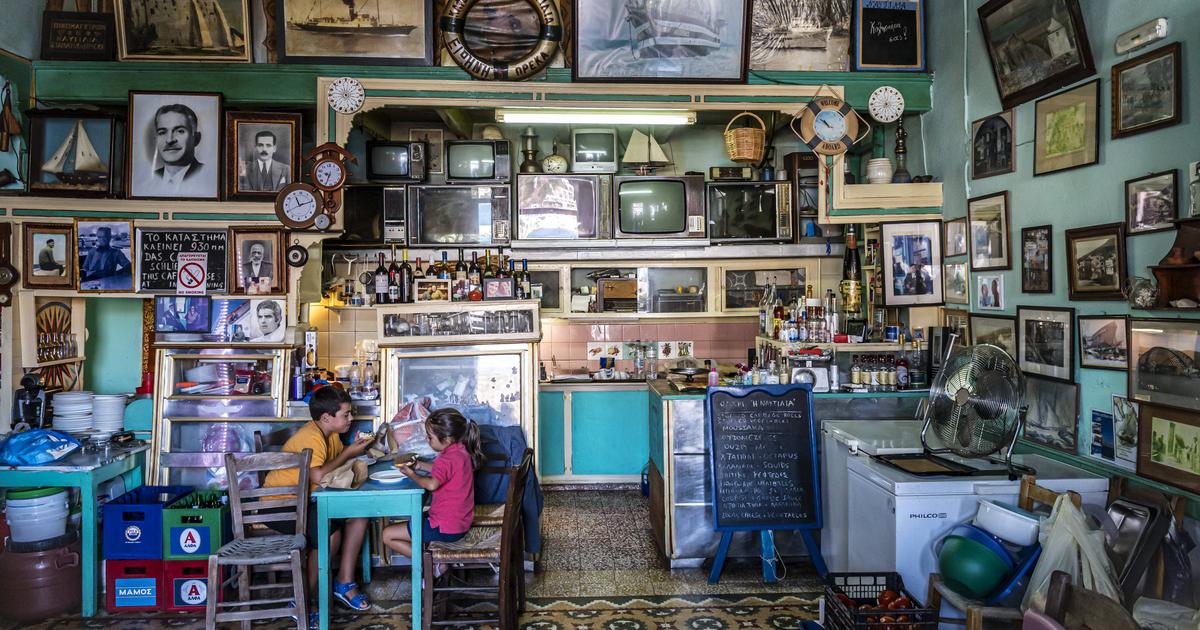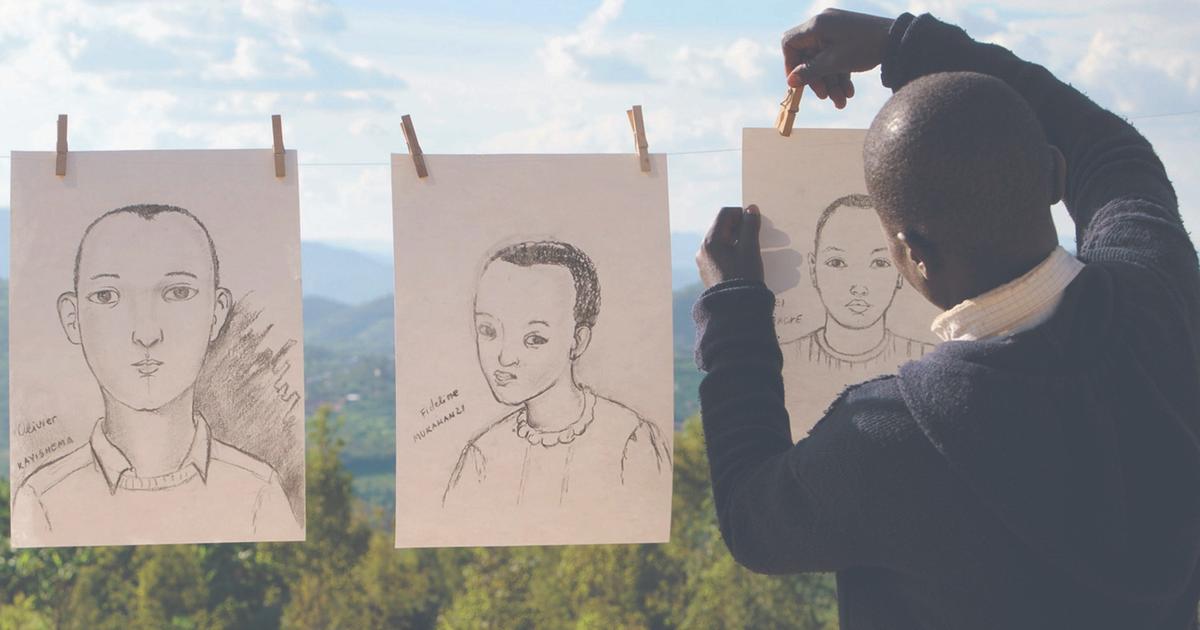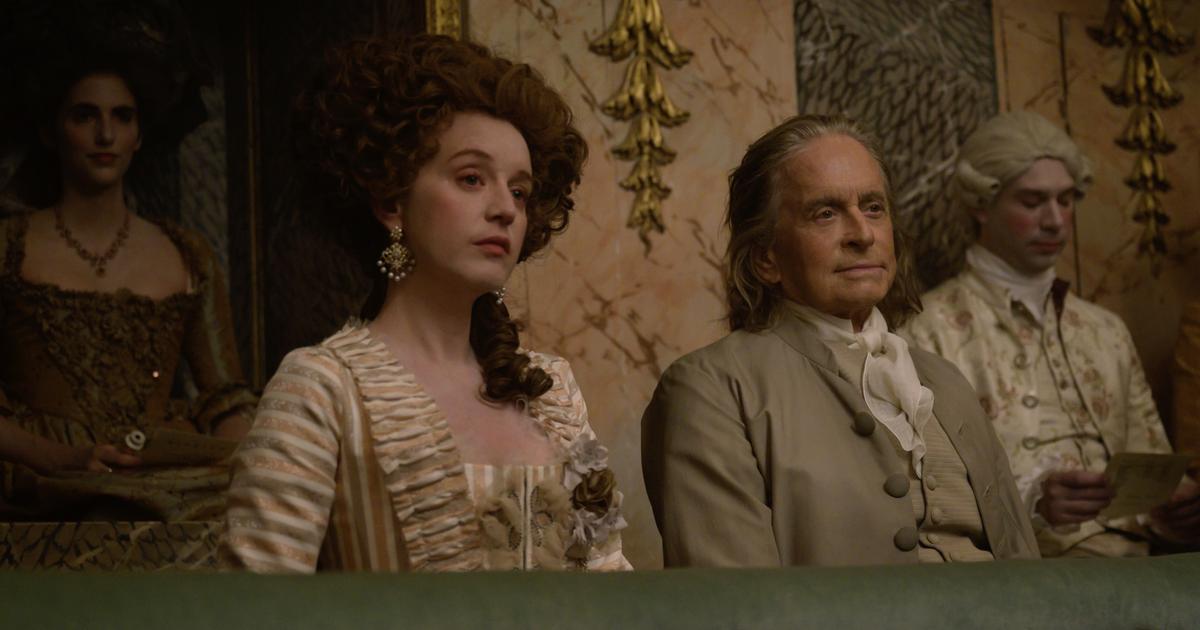The latest movies used to be seen not only in the cities, but also in the countryside.
In Forstern, for example, box office hits like “Die Brücke am Kwai” also flickered across the big screen.
A journey back in time to the 1950s / 60s.
Forstern - When the Forsterner Kino - “Filmbühne Forstern” could be read at the ticket booth - opened on February 20, 1956, Cornelia Hiltwein was still a small child.
“But I saw the heyday of our cinema in full.
I was ten or twelve years old at the time, ”the 67-year-old recalls.
Her parents Max and Maria Hiltwein ran the cinema.
The love film “Kaiserwalzer” from 1955, with Marianne Koch as the leading actress, was shown as the opening film.
The cinema was located in a house on the corner of Münchner Strasse and Blumenstrasse.
It had 300 seats, a foyer and a stage that was separated from the auditorium by a curtain.
A distinction was made between four categories of seats.
The most expensive were the locking seats.
“They were in the back and had red upholstery, very soft.
That was something special, ”says Cornelia Hiltwein.
In the seats of the categories 1st, 2nd and 3rd place, however, the spectators had to make do with surfaces made of bare wood.
+
The cinema had two such projectors.
© Hiltwein family
There were performances every Tuesday, Wednesday, Friday, Saturday and Sunday at 8 p.m.
There was also a children's show on Sunday afternoon at 3 p.m., and the night shows started on Saturday at 10.30 p.m.
“I witnessed the heyday of our cinema, even if I wasn't allowed to see all of the films we showed,” says Cornelia Hiltwein and remembers homeland films, Winnetou films and monumental strips, but also crime fiction.
“I wasn't allowed to look at them.
So sometimes I took a stool, stood between the projection machines and looked through the peephole at the screen - until my mother caught me, ”the cinema operator's daughter recalls with a laugh.
The Forsterner Filmtheater was a family business
Her younger brother Klaus was still too young at the time to have consciously seen the cinema.
But he still has a number of movie posters, tickets and photos at home that remind us of that time.
The Forsterner Filmtheater was a real family business: Grandpa heated the cinema from the basement, mother sold tickets and sweets at the cash register, grandma checked the tickets and assigned seats, and father was responsible for showing the film.
+
The Forsterner Kino was in this house on the corner of Blumenstrasse and Münchner Strasse.
Today the building is rented out as a residential building after a renovation and partial demolition.
© Hiltwein family
“Grandma was very strict that no one slipped through, even from age.
She always paid attention to that, ”explains Cornelia Hiltwein.
Rudi Püchner remembers that very well.
“Grandma Hiltwein was an institution and a real person to be respected,” he says and reports on how the stupid boys sat on the fold-down armrests until the beginning of the film.
“Grandma Hiltwein then shone her flashlight in and said: 'Now get down on your feet!'
That has become a household word for us, ”says the 70-year-old forester.
Even as a child he lived only a few hundred meters from the Forsterner Kino and thinks back fondly on it.
The candy that was available at the cash register - "Wrigley's chewing gum, but only the white and the green ones", Vivil candies, Hanuta.
The moments when the projectors didn't run smoothly and the images blurred on the screen.
"Then the whole cinema called: 'Maaaaax !!' so that the surgeon can get the film running again," reports Püchner with a laugh.
+
Filmbühne Forstern was at the ticket booth.
© Hiltwein family
Going to the cinema on Sunday afternoon at three o'clock was an integral part of his childhood and youth.
“That was an event for us.
I got 50 pfennigs pocket money a week - that's exactly how much the entry cost.
And sometimes I got a ten from my father for something sweet. "
The weekly newsreel was always shown before the films - a compilation of film reports on political, social, sporting and cultural events, which was produced for the cinema every week.
Monumental films like “Ben Hur”, westerns and war films, later also scandal films like “Das Schweigen” by Ingmar Bergman - “You could see all the great films in Forstern in the cinema.
That was a sensation at the time - a cinema with 300 seats in a community with almost 1500 inhabitants, ”says Püchner.
Cinema in Forstern: The major film distributors presented their films
Cornelia Hiltwein remembers that her friends always wanted to know which new films were being bought.
For this, the film representatives, from Gloriafilm or Constatin Film, came to Forstern and presented their films.
The selected films then came in large roles, which Father Hiltwein picked up by car in Hörlkofen at the train station.
“It has always been said that our cinema was a very nice and high-quality cinema in terms of equipment.
That’s what the film representatives said, ”says Cornelia Hiltwein, looking back.
Oiled wooden floor, cladding made of blue plastic, Bauhaus-style lamps.
"And they could even be dimmed, our father played tape music for this, modern, groovy rock and pop music."
+
In the foyer of the Forsterner cinema, many film posters advertised the current flicks, such as “The Ship of Dangerous Men” or “Escape to the Dolomites”.
© Hiltwein family
People liked to go to the Forsterner Kino, says Cornelia Hiltwein and reminisces: “It was a great time.” The boys drove up with their ignition apps, often dragging the unmistakable “scented cloud” of castor oil behind them.
The young women wore lace petticoats and flat shoes, “in the most amazing colors with clasps on the front.
It was so nice for me as a child back then. "
Whether it's Karl May films, westerns, Heimatfilms or Schnulzen with Winnie Markus and Heinz Rühmann - “the cinemas were jam-packed.
Only a few people could afford a television, then you just went to the cinema.
That was a fixed date for many people, at least once a month. "
The death of the cinema began with color television in the 1960s
Then you visited the nearby Café Baumgartner, for a beer or a glass of wine, or in the afternoon for coffee and cake.
“Those were the highlights you had back then.
At that time people were even more frugal.
It was just an experience.
Unfortunately, this is often no longer the case today, ”regrets Cornelia Hiltwein and fears that given the many streaming services on the Internet, the cinema could die again.
This is the fate that befell numerous movie theaters in the 1960s.
With color television at the latest, the big deaths in the cinema began - and in Forstern, too, the curtain closed forever in autumn 1966.
“A bit of sadness comes up right away,” says Püchner with a sigh, when he talks about his time in the cinema in Forst, “but it can sometimes be quite a pain.
I hope that today's youth also have such special places that they can remember in 50 or 60 years.
It was just a wonderful time, for young and old alike.
And we had the great privilege to be there, ”he sums up.
Vroni power
From pub cinema to light games: there were also cinemas in Hörlkofen, Reithofen, Moosinning and Goldach
Erding
Hermann Kraus
has researched the history of movie theaters in the city and county.
For his almost 100-page essay, he received the
2020 Research Award from the Historical Association
.
In addition to the Forstern film theater, it lists other cinemas in the southern district.
Hörlkofen pub cinema
The venue of the
Hörlkofen tavern cinema
was the
hall of the railway station restoration
of the Liebl family.
As a rule, the cinema dates were on Sunday afternoons.
Mainly Heimatfilms were shown, but there were also special offers for children.
“When one started with these film afternoons and when they ended was no longer available, but it must have been at the same time as Reithofen,” writes Kraus - that is, beginning in the 1950s and ending in the early 60s.
Reithofen pub cinema
Presumably from the beginning of the 1950s,
film screenings took
place in the hall on the first floor of the
Stanner inn in Reithofen
on Sunday afternoons.
Homeland and children's films were also on the program
in this
pub
cinema.
The mobile cinema was operated by a married couple from Markt Schwaben.
Since there was only one projector available here, the light inevitably went on after each roll of film was shown and a new roll had to be inserted.
At the end of the 1950s, those cinema afternoons in the Stanner Hall came to an end.
Moosinning cinema
The
married couple Kaspar and Katharina Mayr from Moosinning
were the builders and operators of the cinema in Moosinning at Neuchinger Strasse 5, which opened in autumn 1949.
The cinema had
324 seats
.
“Most of the shows were completely sold out, and reserve benches had to be brought in again and again so that all visitors could have a seat.” The cinema fans came from many places in the area.
There were performances on Wednesday, Saturday and Sunday at 8 p.m., as well as a late performance on Sunday afternoon at 3 p.m. and on Saturdays after the 8 p.m. performance.
Before the main feature was a
commercial break
is.
“Companies from Moosinningen advertised their services, as did a few shops from the district town of Erding.” This was followed by a preview of the upcoming films, and the “Fox 'Tönende Wochenschau” provided information on current world events.
Protestant church services
were also
celebrated in the
Moosinninger cinema
, because at the end of the Second World War, many refugees came to Moosinning, many of them Protestant.
The Moosinninger Kino fell victim to the general death of the cinema in the early 1960s.
The building was then rented long-term to the Schöller-Eis company, who set up a distribution warehouse there.
Goldacher Lichtspiele
Goldach
belonged to the district of Erding until the regional reform in the 70s - at that time as a district of the municipality of Notzing.
The Anton Sedlmeier family from Goldach built a cinema on Hauptstrasse in 1950, in which the “
Goldacher Lichtspiele
” were operated.
The cinema had a total of
340 seats
.
There were demonstrations on Wednesdays, Fridays, Saturdays and Sundays.
At the beginning of the 1960s, the “Goldacher Lichtspiele” also had to close.
The cinema building no longer exists today.
Annual journal of the Erding Historical Association
“The Erdinger Kinowelt”
is the name of the 2020 annual publication of the Erding Historical Association.
The book can be purchased for ten euros from Heike Kronseder, Tel. (01 71) 8 09 51 20 or email to heike.kronseder@t-online.de.
After the lockdown, the font will again be available for purchase at the Kraus fashion store in Erding.
vam




/cloudfront-eu-central-1.images.arcpublishing.com/prisa/KUBXLJY3SVA6TBUTWFC2F6X5WI.jpeg)




